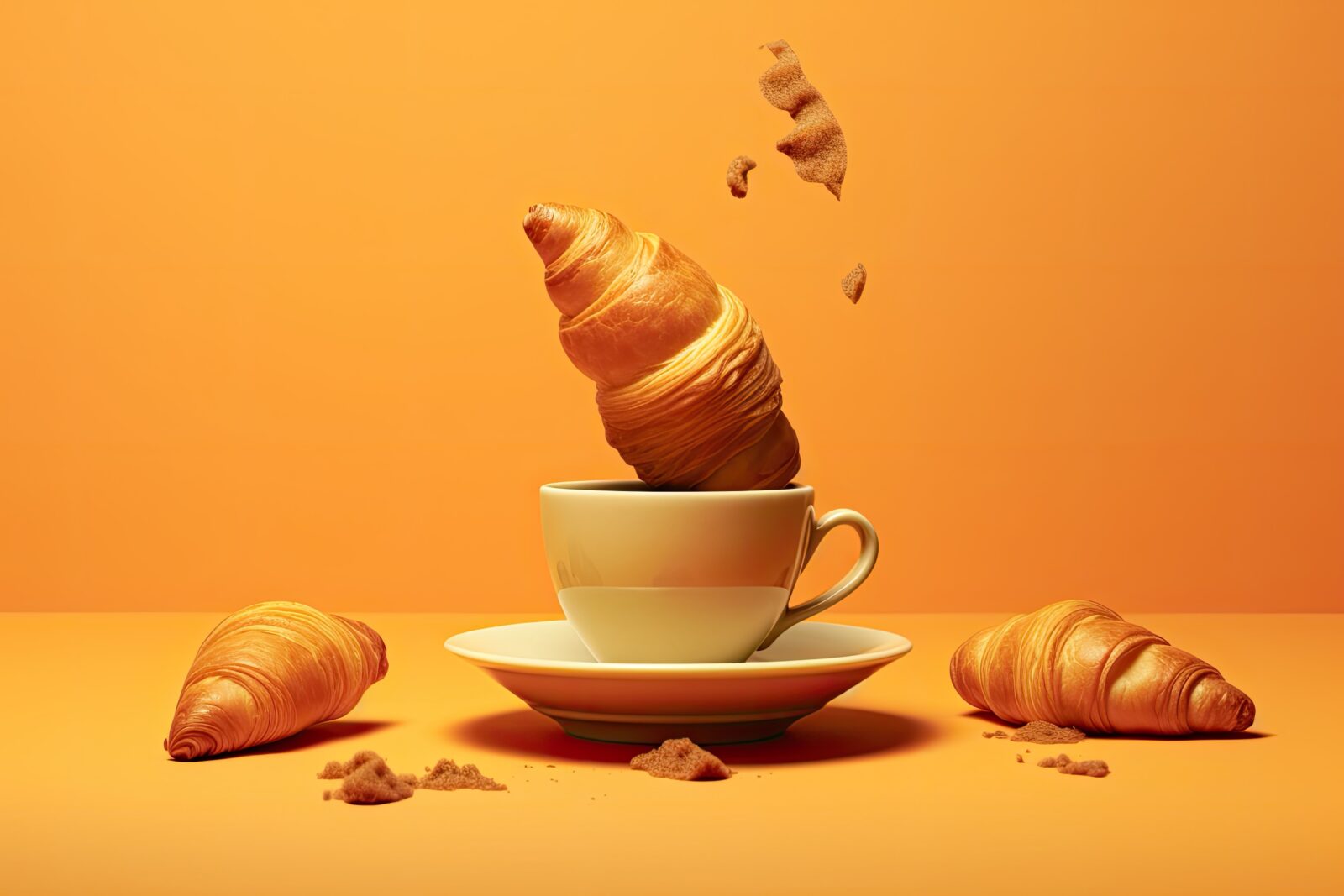The Ku Cha 101 On Pairing Tea and Food
Eating raw oysters? Washing them down with the French wine Muscadet, which carries saline notes, is a fine idea. It’s a classic wine and food pairing. With steak, bold Cabernet Sauvignon might rock. Sancerre and goat cheese, Pinot Noir and salmon, Ruby port and chocolate—the catalogue of wine and food marriages sprawls.
And so it goes with Camellia sinensis—tea— too. Just as wines, the vast majority of which come from the same plant—Vinis vinifera—present an almost dizzying array of flavors, aromas and textures, so does tea. And the complexities inherent to these two beverages are what make them so very versatile with food.
One tea pairing you probably already have experienced is American-style iced tea—made from black tea, sweetened, and spiked with lemon—and barbecue. The tea’s sugary profile complements the rack of ribs’ sweet sauce, while the lemon cuts through the ribs’ fattiness. The citrus acid also balances the meal’s overall sweet factor.
That’s a great start. Lucky you, it really does represent just the beginning. Sushi and the Japanese tea hojicha? It’s a wonder. Jasmine tea with pad Thai? Yes. Gunpowder tea alongside tacos? Bring it on.
We drink tea all day here at Ku Cha House of Tea, and that includes with each meal. We’ve been doing this for our entire lives—a long time!—and offer here a few suggestions for outstanding tea and food pairings.
Bon appetit!
Great Tea and Food Pairings: Dong Ding Oolong and Parmesan Cheese
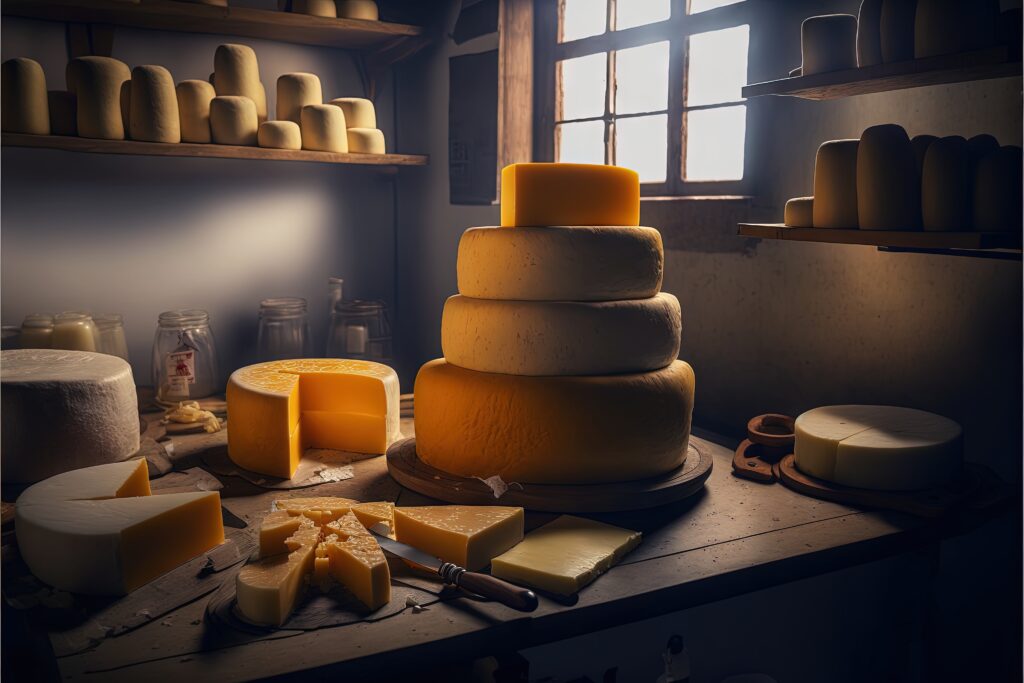
We all gravitate toward sweet and salty combinations. The two flavor elements work together intimately; when adjusted properly, the balance elicits groans of pleasure. This human appreciation for just-right proportions of sweet and salty works in tea’s advantage. While there’s no such thing as a salty tea, plenty of varieties come across as sweet—without the addition of honey.
One of them, Dong Ding, presents famously sweet notes. This celebrated Taiwanese oolong, which means “frozen summit,” brews a full-bodied taste that broadcasts fruitiness. It serves as a wonderful complement to salty foods like Parmesan cheese.
Pairing the two of them can be as straightforward as nibbling shards of Parmesan between sips of Dong Ding. But Parmesan is an essential ingredient in many Italian dishes. Here’s a culinary winner: Dong Ding with a creamy, Parmesan-rich pasta dish.
Great Tea and Food Pairings: Dragon Well Superior Green and seafood
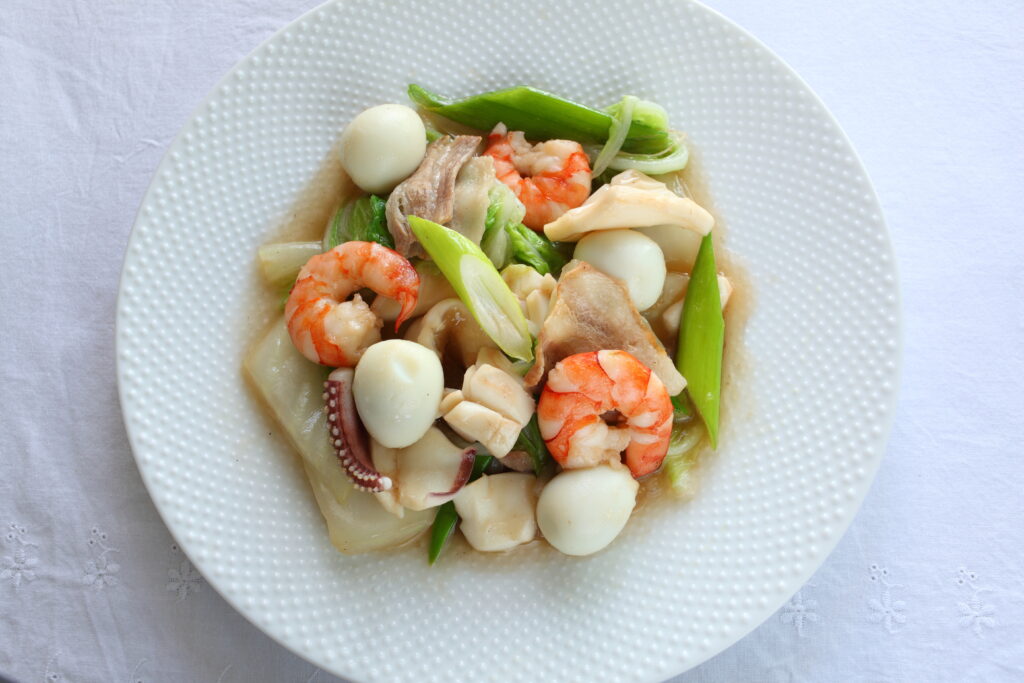
Whether it’s steamed shrimp, roast halibut, boiled lobster, stir-fried striped bass or sautéed Dover sole, Dragon Well tea will improve them all. The renowned Chinese green tea, also called Long Jing and once enjoyed exclusively by royal families, brandishes chestnut flavors in its taste arsenal. It is this nuanced nuttiness that works so well with the natural flavors of foods from the sea.
With this broad pairing, we honor the taste of the fish itself by keeping things simple. Rather than eating seafood dishes with bold sauces and spices while we enjoy Dragon Well, we prefer seafood with little more than salt and perhaps butter and lemon. When the fried oyster or fillet of tuna gets to shine, then this pairing sings.
Great Tea and Food Pairings: Assam Superior Black and beef stew
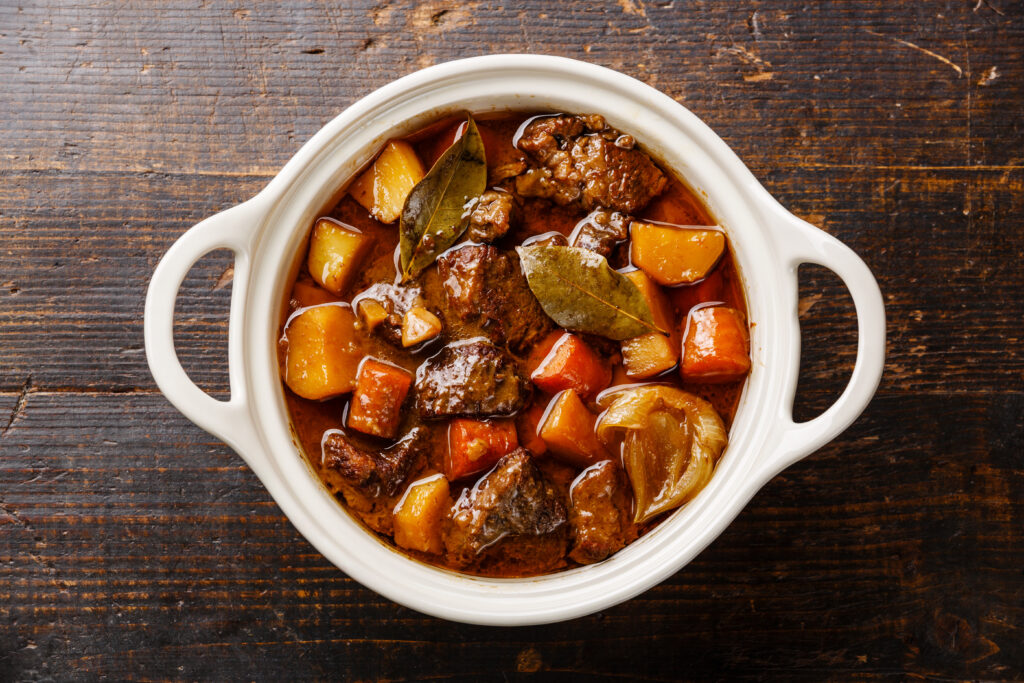
Big-flavored red wines like Cabernet Sauvignon from Napa Valley or Barolo from Piedmont in Italy famously pair beautifully with rich beef dishes like steak, beef bourguignon and braised short ribs. Count classic beef stew, heady with cubes of chuck roast, potatoes, carrots, onions and stock, as another red wine partner.
But next time, try it with a powerful black tea, like our Assam Superior. As with wine, black tea undergoes oxidization—among all tea styles (white, green, oolong, black and puerh) it experiences the most. And robust Assam Superior’s oxidization yields flavors that mirror some in red wine, and also complement beef dishes. The tea can broadcast notes of smoke and cocoa, of malt and wood tannins and raisins. And when diners alternate between bites of stew and sips of Assam Superior, the culinary experience can become downright decadent.
Great Tea and Food Pairings: Organic Peony White and Croissants
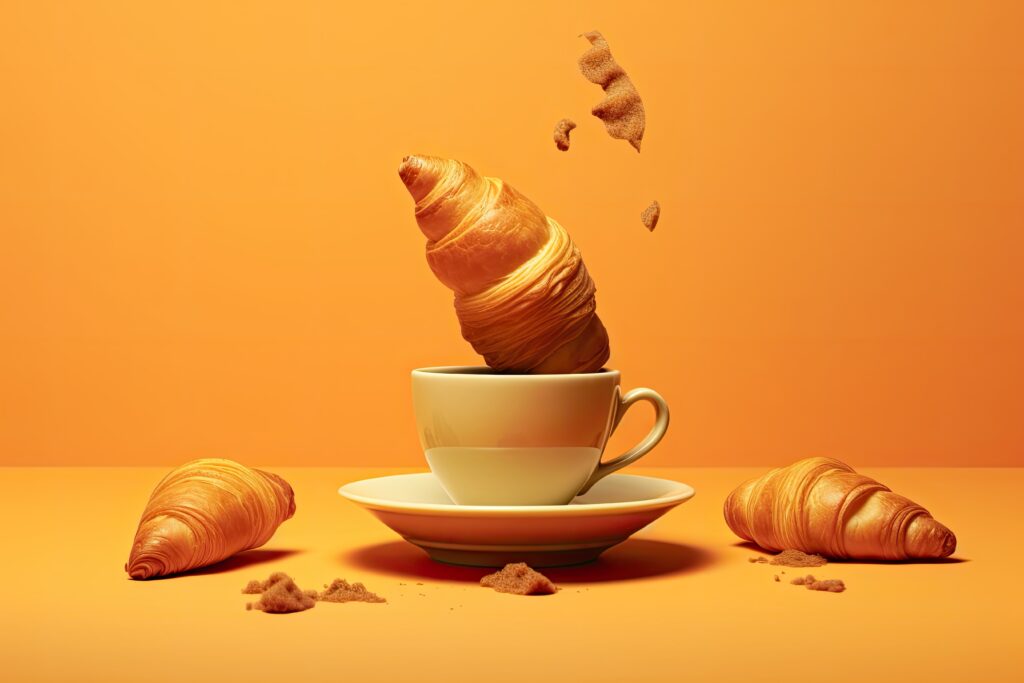
Of the main styles of classic Camellia sinensis tea, white tea does not experience oxidization; the other styles do, in varying degrees. As a result, the tea doesn’t get transformed by exposure to oxygen, and is the most nuanced and delicate.
It complements a wide range of foods, but it is important to steer clear of rich or heavily spiced foods. You don’t want to overwhelm the tea’s gorgeous perfume and flavor with a Thai green curry or bowl of chili. Instead, pair it with foods that carry more straightforward and simple tastes.
It complements sugar cookies, for example, which offer little more than vanilla and sugar flavors (and yumminess). We also enjoy white tea with pastries like beautiful croissants. These French dreams present diners with exquisite—but simple—flavor and texture.
For the croissant pairing, try our Organic Peony White, also called Pai Mu Tan. This tea from China’s coastal Fujian Province is withered and dried in the sun, giving the tea a warm, rich sweetness. Bites of croissant and sips of Organic Peony White tea represent a match made in culinary Valhalla.

